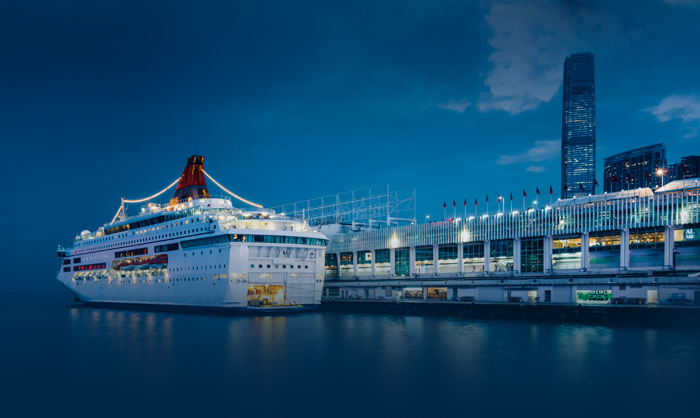Planning your trip to Spain? Ferrynav.com enables quick and easy ferry travels to Spain! We are your trusted portal to book ferry services affordably and instantaneously. Ferrynav.com serves as the one-stop platform connecting travelers to vibrant coastal cities and islands in Spain through trusted operators. Simple booking, instant schedules, and low fares help you enjoy a smooth journey. Whether it’s going for leisure, business, or with a vehicle, we make sure you sail smoothly according to your needs. Ferrynav.com is the best place to book your ferries to Spain with reliable operators and safe crossings. From the bustling ports of Barcelona and Valencia to the pristine shores of the Canary and Balearic Islands, our options for ferries to Spain guarantee you the comfort and safety you deserve.
With multiple ports across Spain available, Ferrynav.com helps you plan smooth, enjoyable journeys whether you’re traveling for leisure, work, or adventure. Book your ferry to Spain today and start exploring the nation by sea!





















